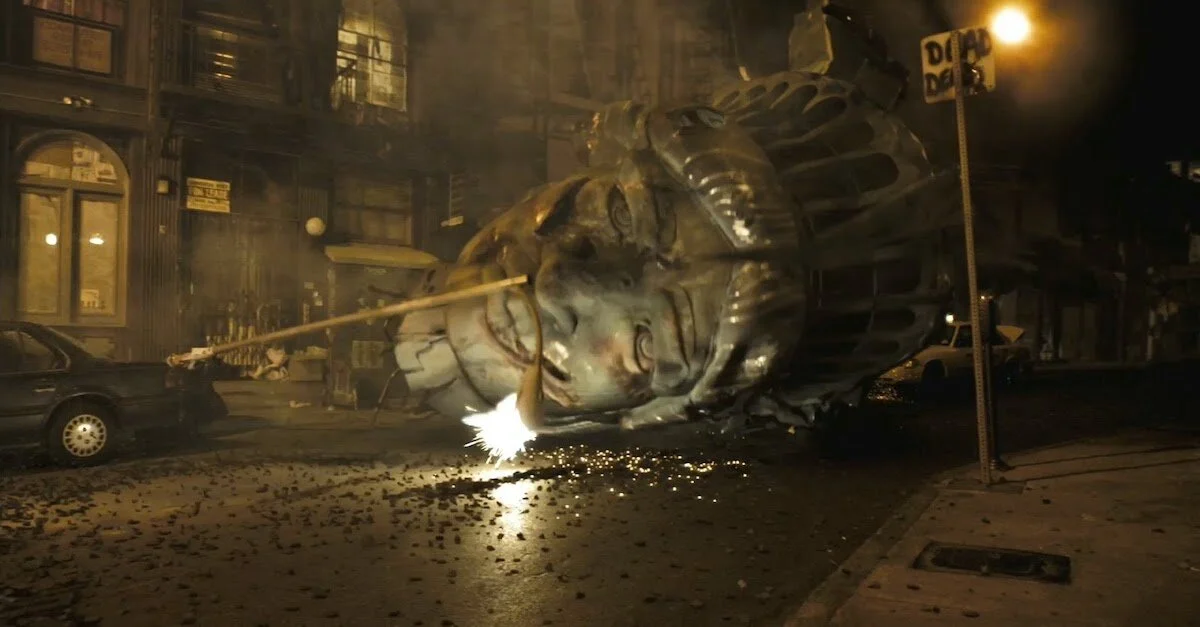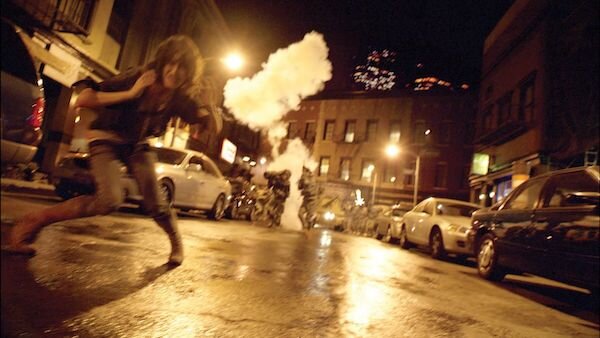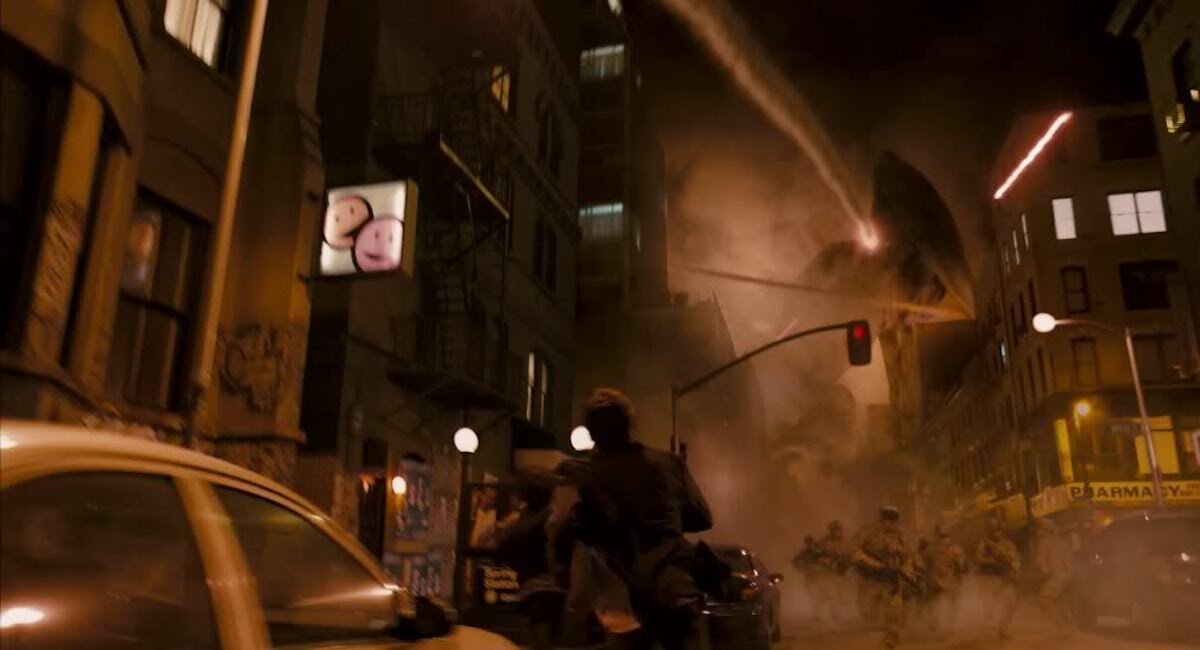CLOVERFIELD (2008)
CLOVERFIELD Taught Us a Kaiju Film Didn't Need to Fully Show Its Monster to Be Scary
One common complaint in Kaiju movies is that they tend not to be 100% about the monster. We tend to stay rather close to the ground and experience the movie from the point of view of the powerless humans rather than the mighty Kaiju. The reasoning is that a GODZILLA movie is better the more it focuses on Godzilla just walking around destroying buildings.
If there is one film that shows you don't have to focus on your monster, or even show its full body to be good and scary, it's Matt Reeves' 2008 found footage monster film, CLOVERFIELD. That film combined the thrills and widespread destruction of a Kaiju movie with the up-close horrors of found footage movies to bring the audience what is arguably the closest experience possible to actually watching the original GODZILLA back in 1954 — equal parts awe-inspiring and terrifying.
Before Godzilla became the people's champion and a hero for children, he was truly a force of nature. An unstoppable, unkillable, angry god that left mayhem and desolation wherever he went. While recent movies have sort of forgotten that —even 2014's GODZILLA feels the need to add a new monster for Godzilla to fight—CLOVERFIELD recognizes the power of Kaiju to make us afraid of nature. In the film, we never fully see the monster, only small and quick glimpses of it. There's a shot of a limb walking down the streets or its head looking over a building, but never a full body shot until the very end of the film. Still, we always feel the creature's presence. Its roar is constantly heard, and the destruction left in its wake is always at the forefront.
Like the original ALIEN, this is a movie about anticipation and dread, about knowing there is something horrible out there killing everyone you care about, and about it being so powerful it doesn't even show itself. The trailers made a big deal out of the iconic shot of the decapitated Statue of Liberty, but the rest of the movie doesn't pull any punches, showing the destruction of the Brooklyn Bridge, Grand Central Terminal, and even making a huge mess out of Central Park. Meanwhile, Godzilla barely destroyed the Golden Gate Bridge in the 2014 film.
But destruction for destruction's sake is not enough to make a good movie, let alone a horror one. Thankfully, CLOVERFIELD has another trick up its sleeve—the found footage genre.
The film uses the found footage genre both as a way to justify its budget and not showing the grand scale of the monster's destruction, and also to give us a sense of grounded realism when it comes to surviving the monster attack.
The use of shaky cam may have caused motion sickness in certain audience members when the movie was released, but it helps make us feel like we are there with the characters frantically running from one place to the next evading falling debris, and smaller parasitic monsters ready to devour them. After a while, you feel like you're not watching a Kaiju movie, but you're also watching a natural disaster unfold in front of you.
More than a decade after its release, CLOVERFIELD remains not only one of the most original creatures, but one of the most chillingly intense, bleak, thrilling, and terrifying Kaiju movies ever made—all without the need to fully show its titular creature.





